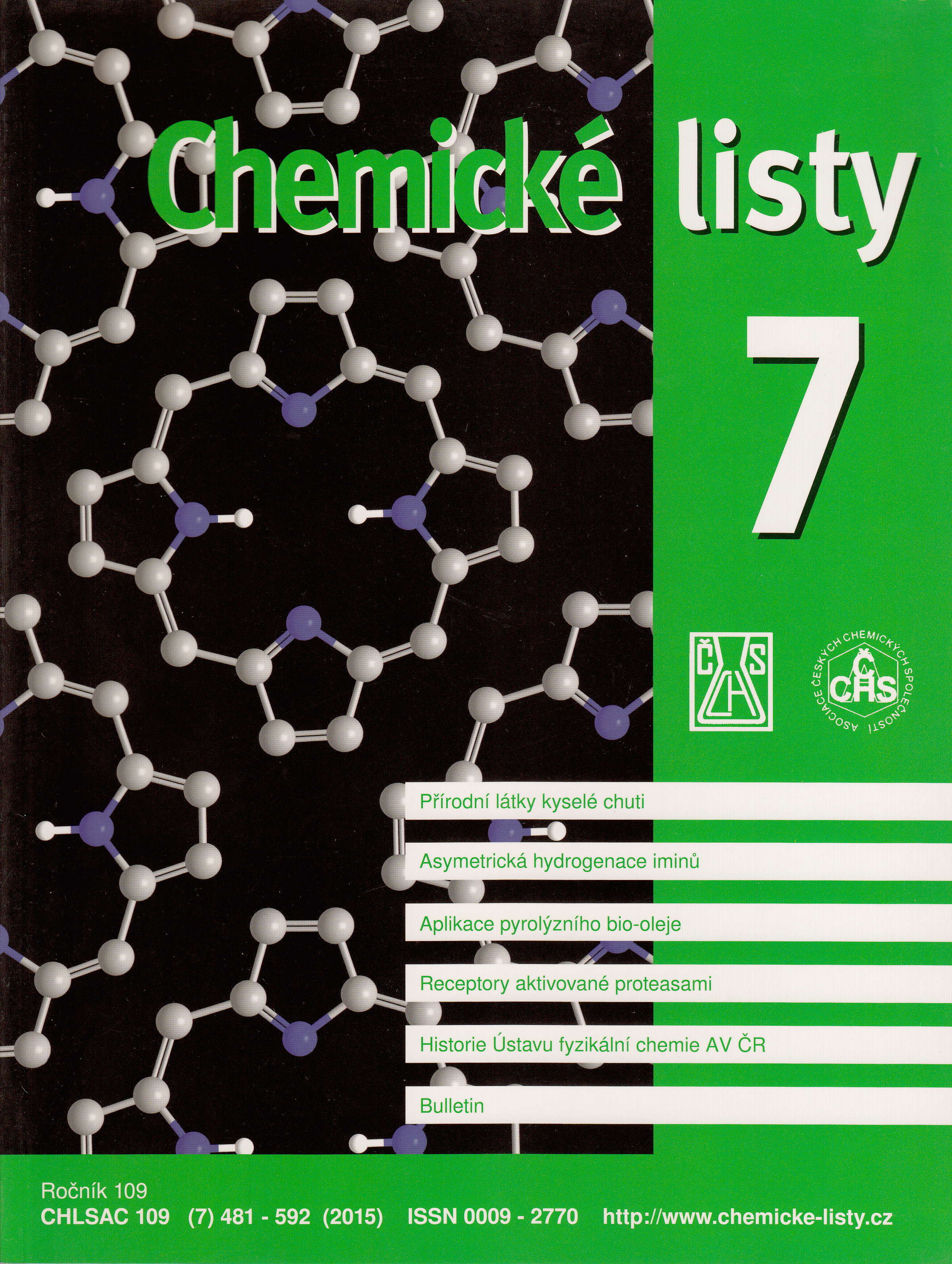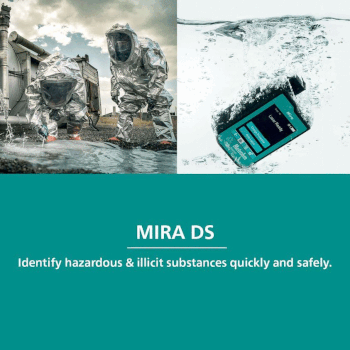100 Years Is Not so Long Time or An Anniversary of The First Large-scale Use of Chemical Weapons in Modern History and Negotiations on Their Ban
Keywords:
chlorine, Ieper, Geneva Protocol, Chemical Weapons Convention, OPCWAbstract
Chemicals were used as a method of warfare almost from the beginning of mankind. First efforts on their restrictions are dated to the seventeenth century. The most significant agreements before the World War I are The Hague Conventions (of 1899 and 1907) which prohibit the use of projectiles the object of which is the diffusion of asphyxiating or deleterious gases. But The Hague Conventions were not fully observed in the World War I. Toxic chemicals as a method of warfare, namely chlorine, phosgene, hydrogen cyanide, cyanogen chloride, chloropicrin and sulphur mustard were used, either in the form of gases and aerosols or filled in bombs or shells. The first large-scale use of chemical weapons during World War I was the use of 168 t of chlorine on 22 April in Ieper, Belgium. The Geneva Protocol prohibiting the use of asphyxiating, poisonous or other gases in the war was signed in 1925, but with reservations from some signatory states. Universal document that prohibits altogether development, production and stockpiling of chemical weapons and ordering their destruction – The Chemical Weapons Convention was signed in January 1993 and entered in force in 1997. In 2013 the organisation that cares for its observance, the OPCW (Organisation for the Prohibition of Chemical Weapons), was awarded the Nobel Peace Prize.





